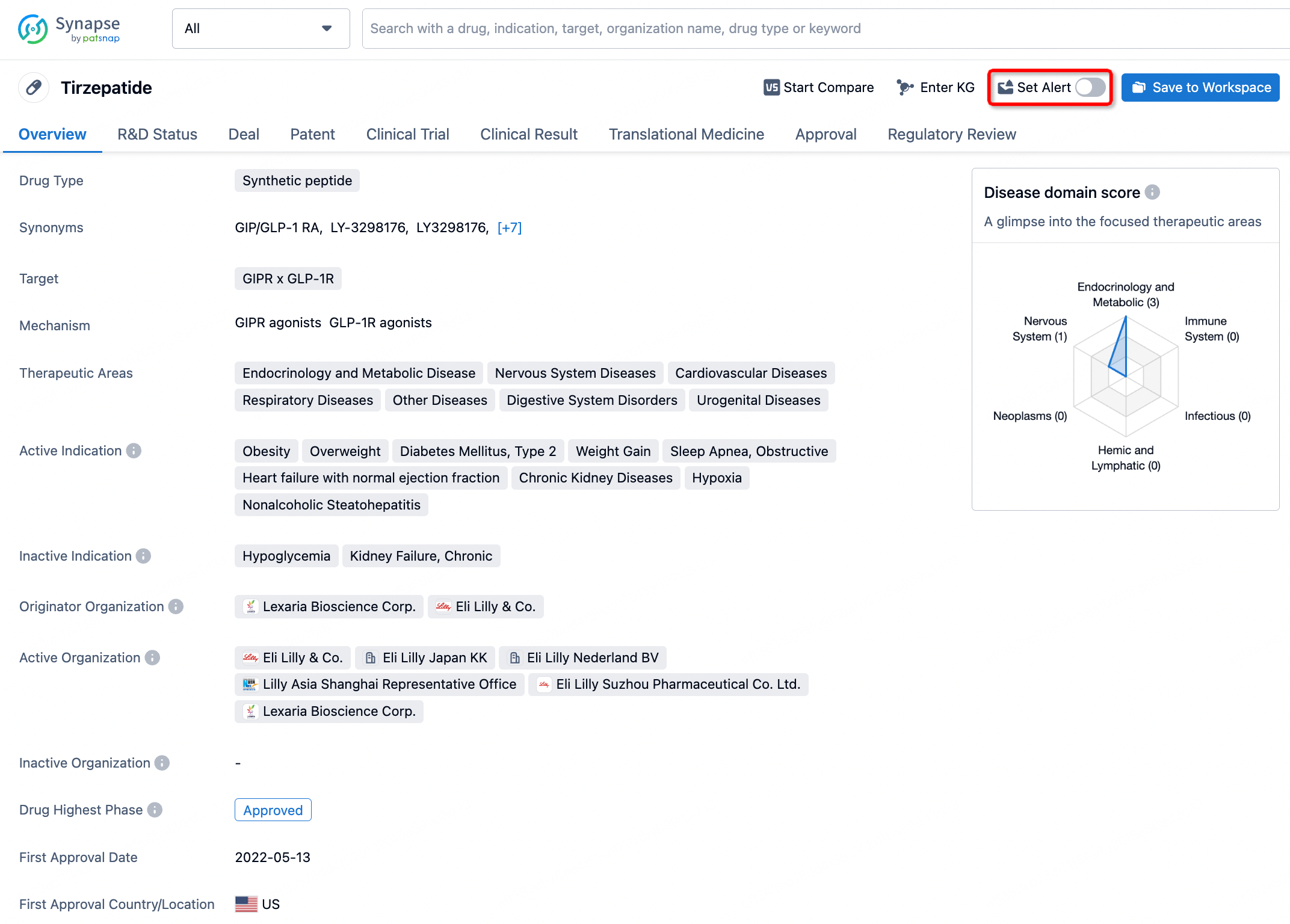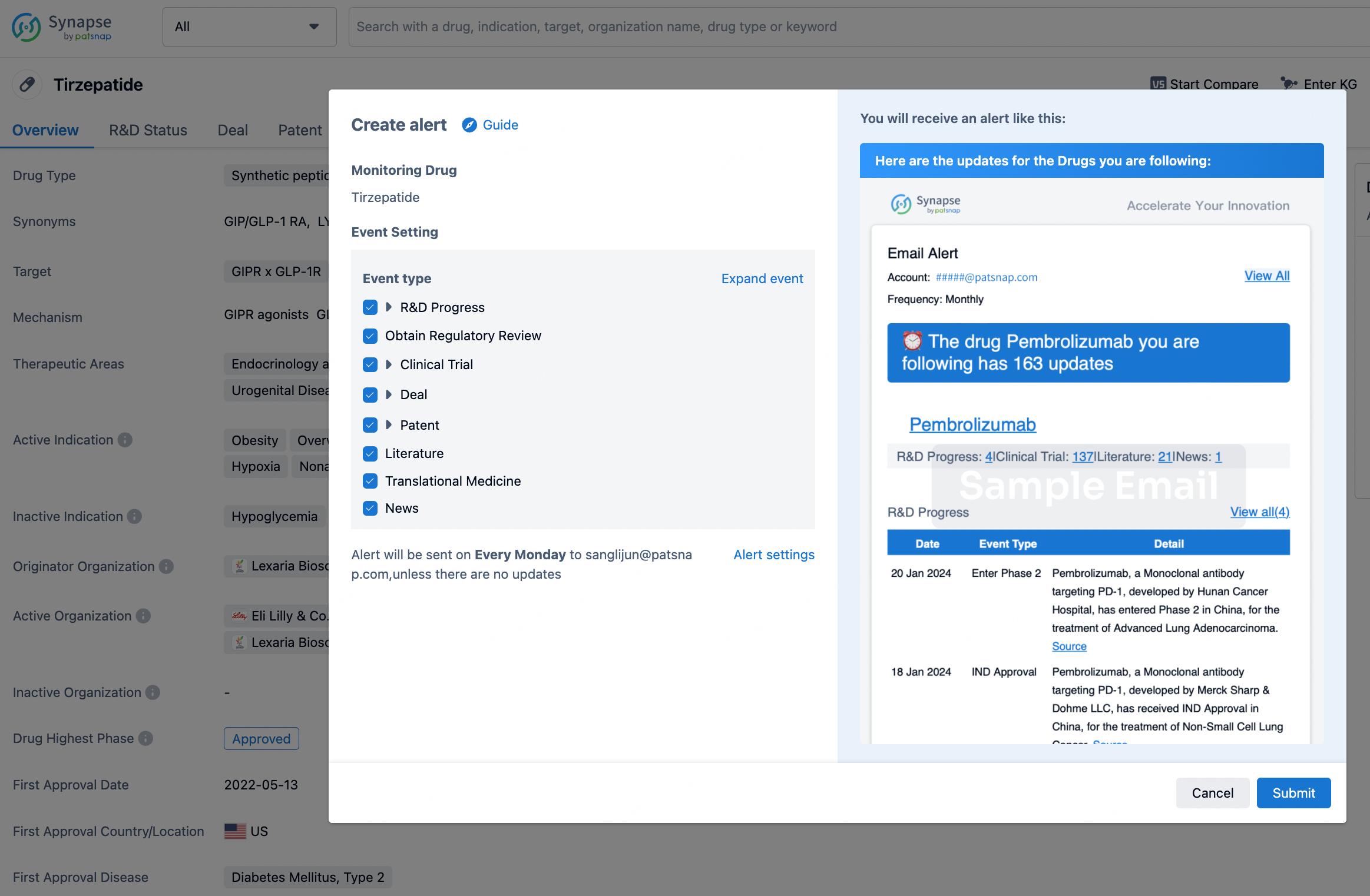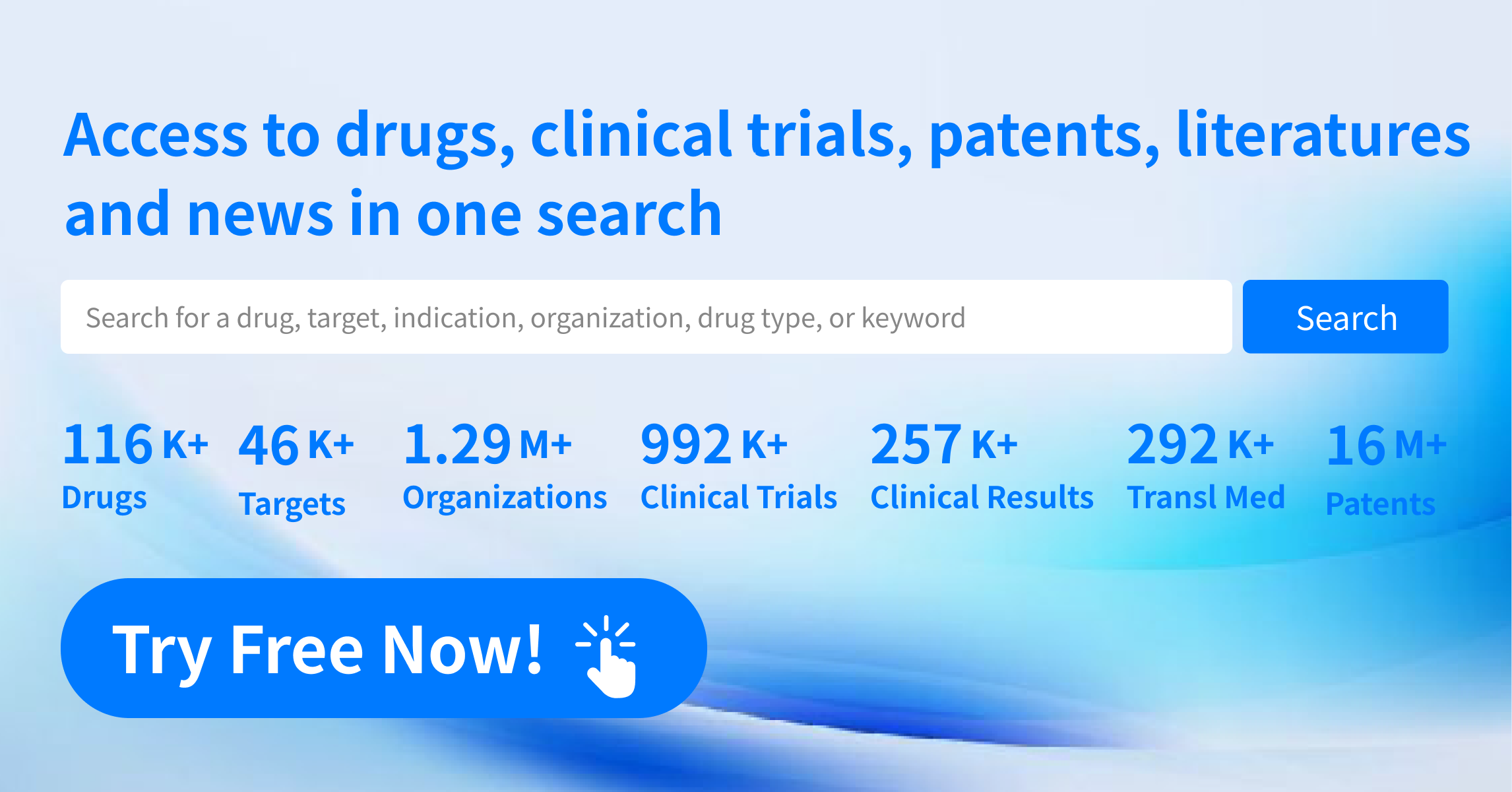Request Demo
What is the mechanism of Bacampicillin Hydrochloride?
17 July 2024
Bacampicillin hydrochloride is a prodrug of ampicillin, an antibiotic belonging to the penicillin class that is commonly used to combat bacterial infections. Understanding the mechanism of bacampicillin hydrochloride involves delving into its pharmacokinetics, conversion into its active form, and the eventual antimicrobial action it exerts.
Once administered orally, bacampicillin hydrochloride undergoes rapid absorption in the gastrointestinal tract. Its design as a prodrug means that it is converted into the active compound, ampicillin, through hydrolysis as it passes through the intestinal wall and liver. This conversion is crucial because it enhances the bioavailability of ampicillin compared to direct oral administration of ampicillin itself. Essentially, the bacampicillin structure allows it to be better absorbed into the bloodstream, making the antibiotic more effective at reaching its target sites within the body.
After conversion, the active ampicillin is distributed via the bloodstream to various tissues and fluids within the body. The mechanism by which ampicillin (and thus bacampicillin) exerts its antibacterial effects lies in its ability to inhibit bacterial cell wall synthesis. It achieves this by binding to specific penicillin-binding proteins (PBPs) located within the bacterial cell wall. PBPs are crucial enzymes involved in the cross-linking of peptidoglycan chains that provide structural integrity to the bacterial cell wall.
Once ampicillin binds to these PBPs, it disrupts the normal process of cell wall synthesis, leading to the formation of weak points in the bacterial cell wall. This interruption compromises the cell wall’s structural integrity, rendering the bacteria unable to maintain their shape and eventually leading to cell lysis and death. This bactericidal effect is particularly effective against actively dividing bacteria, as these cells are constantly synthesizing new cell wall material and are more susceptible to the action of beta-lactam antibiotics like ampicillin.
Bacampicillin hydrochloride is particularly useful against a broad spectrum of Gram-positive and some Gram-negative bacteria, making it a versatile option for treating various infections, including respiratory tract infections, urinary tract infections, and skin infections, among others. Its ability to be absorbed efficiently and converted into active ampicillin in the body makes it a valuable therapeutic agent in the clinical setting.
In summary, the mechanism of bacampicillin hydrochloride involves its conversion into the active antibiotic ampicillin after oral administration, followed by the inhibition of bacterial cell wall synthesis through binding to penicillin-binding proteins. This action leads to bacterial cell lysis and death, effectively treating a range of bacterial infections. Understanding this mechanism highlights the importance of prodrugs in enhancing the efficacy and bioavailability of therapeutic agents.
Once administered orally, bacampicillin hydrochloride undergoes rapid absorption in the gastrointestinal tract. Its design as a prodrug means that it is converted into the active compound, ampicillin, through hydrolysis as it passes through the intestinal wall and liver. This conversion is crucial because it enhances the bioavailability of ampicillin compared to direct oral administration of ampicillin itself. Essentially, the bacampicillin structure allows it to be better absorbed into the bloodstream, making the antibiotic more effective at reaching its target sites within the body.
After conversion, the active ampicillin is distributed via the bloodstream to various tissues and fluids within the body. The mechanism by which ampicillin (and thus bacampicillin) exerts its antibacterial effects lies in its ability to inhibit bacterial cell wall synthesis. It achieves this by binding to specific penicillin-binding proteins (PBPs) located within the bacterial cell wall. PBPs are crucial enzymes involved in the cross-linking of peptidoglycan chains that provide structural integrity to the bacterial cell wall.
Once ampicillin binds to these PBPs, it disrupts the normal process of cell wall synthesis, leading to the formation of weak points in the bacterial cell wall. This interruption compromises the cell wall’s structural integrity, rendering the bacteria unable to maintain their shape and eventually leading to cell lysis and death. This bactericidal effect is particularly effective against actively dividing bacteria, as these cells are constantly synthesizing new cell wall material and are more susceptible to the action of beta-lactam antibiotics like ampicillin.
Bacampicillin hydrochloride is particularly useful against a broad spectrum of Gram-positive and some Gram-negative bacteria, making it a versatile option for treating various infections, including respiratory tract infections, urinary tract infections, and skin infections, among others. Its ability to be absorbed efficiently and converted into active ampicillin in the body makes it a valuable therapeutic agent in the clinical setting.
In summary, the mechanism of bacampicillin hydrochloride involves its conversion into the active antibiotic ampicillin after oral administration, followed by the inhibition of bacterial cell wall synthesis through binding to penicillin-binding proteins. This action leads to bacterial cell lysis and death, effectively treating a range of bacterial infections. Understanding this mechanism highlights the importance of prodrugs in enhancing the efficacy and bioavailability of therapeutic agents.
How to obtain the latest development progress of all drugs?
In the Synapse database, you can stay updated on the latest research and development advances of all drugs. This service is accessible anytime and anywhere, with updates available daily or weekly. Use the "Set Alert" function to stay informed. Click on the image below to embark on a brand new journey of drug discovery!
AI Agents Built for Biopharma Breakthroughs
Accelerate discovery. Empower decisions. Transform outcomes.
Get started for free today!
Accelerate Strategic R&D decision making with Synapse, PatSnap’s AI-powered Connected Innovation Intelligence Platform Built for Life Sciences Professionals.
Start your data trial now!
Synapse data is also accessible to external entities via APIs or data packages. Empower better decisions with the latest in pharmaceutical intelligence.


